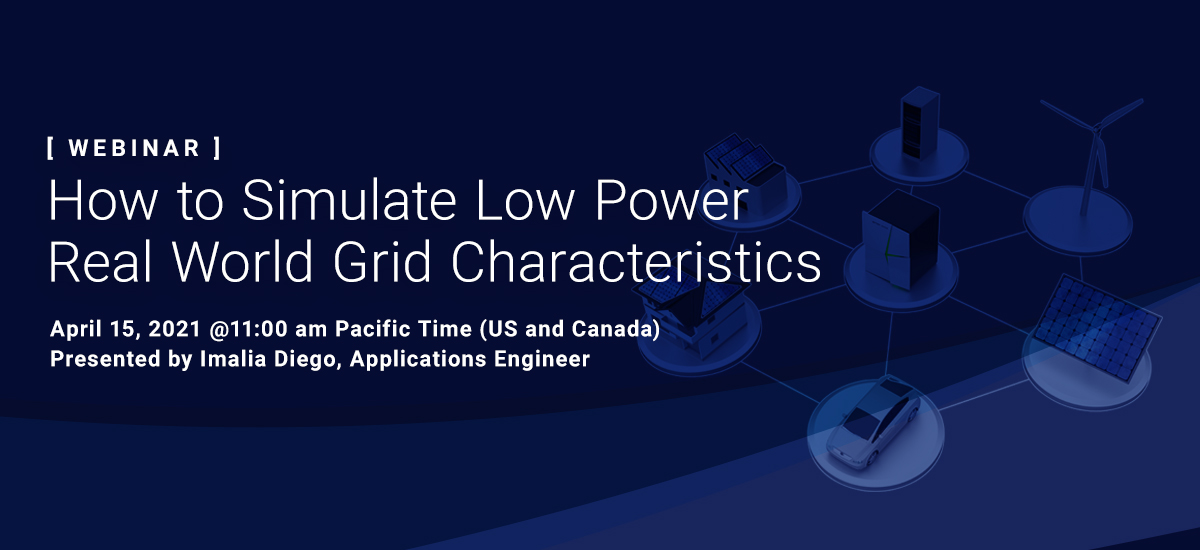Manufacturers of new low power green energy products such as residential PV Inverters, Energy Storage Systems (ESS), and Electric Vehicle Supply Equipment (EVSE) and Bidirectional On-board Chargers (BOBC) need real world grid simulation to fully test their products. But how can this be done competitively since traditionally, regenerative grid simulators have been designed and priced for high power applications?
Chroma has thought this through and designed low power, high density Regenerative Grid Simulators and added them their 61800 series. Fully capable of providing power line disturbance (PLD) output waveforms, users can operate the 61800’s programming functions and simulate various power grid abnormalities and disturbance conditions required by international test standards. With this new release of regenerative grid simulators, the residential and EV industry is not burdened with high power grid simulators.
This webinar will highlight key features and functions of our new lower power Regenerative Grid Simulators and you will learn how they are used to evaluate performance, reliability, and safe operation of low power green energy products.
For more information please visit https://chroma1.wpengine.com/product/regenerative-grid-simulators-9kva-15kva-61809-61812-61815/
